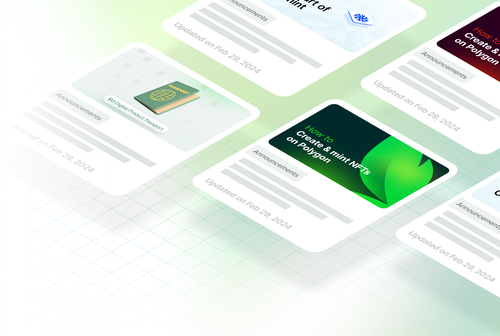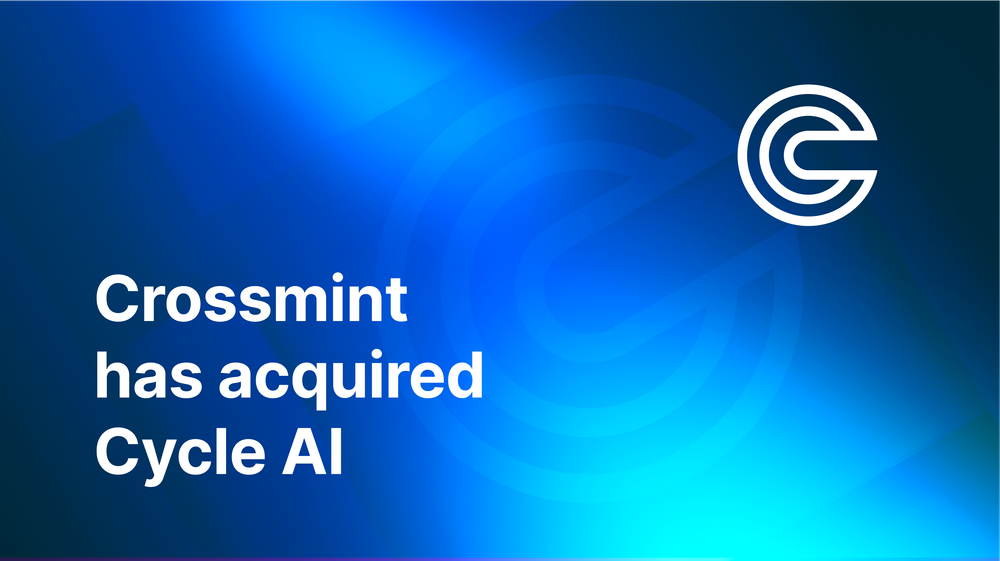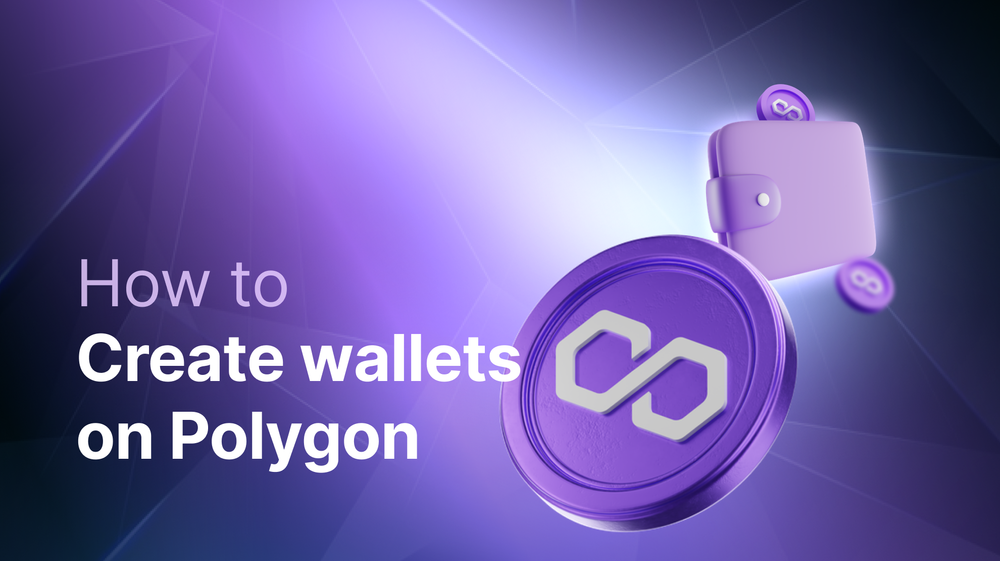In the ever-evolving world of digital assets, blockchain technology has emerged as a cornerstone, revolutionizing how we perceive value and ownership in the digital realm. Amongst these advancements, ERC-721 stands out as a pivotal development, bringing a new dimension to blockchain tokens through its unique properties.
This article delves into the intricacies of the ERC-721 standard, a fundamental component in the burgeoning field of non-fungible tokens (NFTs), and explores its significance in shaping the digital asset landscape.
What is ERC-721?
ERC-721, or Ethereum Request for Comment 721, is a free, open standard that describes how to build non-fungible or unique tokens on the Ethereum blockchain.
While most tokens are fungible, meaning each token is identical to another, ERC-721 tokens are distinct, with each token having unique properties and value. This standard has laid the foundation for a new class of digital assets, enabling the creation, exchange, and ownership tracking of unique digital items, ranging from art to collectibles.
Distinct from its predecessor, the ERC-20 token standard which is designed for fungible tokens, ERC-721 introduces the concept of complete uniqueness in each token. This distinction is crucial, as it allows for the representation of individual assets with specific attributes, making them irreplaceable and invaluable in certain contexts. The ERC-721 standard has thus become synonymous with NFTs, driving a new wave of digital asset creation and ownership.
The role of ERC-721 in the realm of non-fungible tokens (NFTs) cannot be understated. By allowing each token to carry distinct information, ERC-721 has paved the way for the tokenization of unique digital assets, a concept that has seen widespread adoption in various industries. From digital art and collectibles to web3 gaming and beyond, the applications of ERC-721 tokens are as diverse as they are revolutionary, underscoring their importance in the digital economy.
Why was the ERC-721 Token Created?
The inception of the ERC-721 token standard was driven by a need to transcend the limitations of existing blockchain technologies. Prior to its creation, the digital asset landscape was largely dominated by fungible tokens, similar to traditional currencies. However, as the digital world expanded, there arose a need to represent unique, indivisible assets on the blockchain – a need that fungible tokens could not satisfy. This led to the development of ERC-721, a standard specifically designed to cater to the uniqueness and indivisibility of digital assets.
The historical development of ERC-721 is intertwined with the rise of digital collectibles and the broader realization of blockchain's potential beyond mere currencies. Early projects experimenting with unique digital assets laid the groundwork for ERC-721, highlighting the demand for a standardized approach to creating and managing non-fungible tokens. As a result, ERC-721 emerged not just as a technical solution, but as a response to the growing diversity in the types of assets being represented on blockchains, from art pieces to real estate and intellectual property.
ERC-721 Characteristics
- Uniqueness and Indivisibility: Each ERC-721 token is inherently unique, distinguishable by its token ID stored on the Ethereum blockchain. This uniqueness enables the token to represent a specific asset, be it digital or physical. Unlike ERC-20 tokens, which are divisible and can be transferred in fractions, ERC-721 tokens are indivisible, meaning they exist as whole units, ensuring the integrity and individuality of each asset they represent.
- Ownership and Provenance Tracking: ERC-721 tokens are designed to establish clear ownership, recorded on the Ethereum blockchain. This decentralized ledger provides a transparent and immutable history of each token's ownership and transaction records, crucial for verifying authenticity and provenance.
- Programmability through Smart Contracts: At the core of ERC-721 tokens is the use of smart contracts. These contracts not only define the rules for the token's creation and transfer but also allow for the embedding of complex logic and attributes. This programmability enables the creation of tokens that can interact with other contracts, trigger certain actions upon specific conditions, and integrate with decentralized applications (dApps) on the Ethereum network.
- Interoperability and Standardization: The ERC-721 standard ensures a consistent interface for non-fungible tokens, allowing for seamless integration with a wide array of Ethereum-based applications and services. This interoperability is vital for the broader adoption of NFTs, as it allows for assets to be traded, showcased, and utilized across various platforms without compatibility issues.








